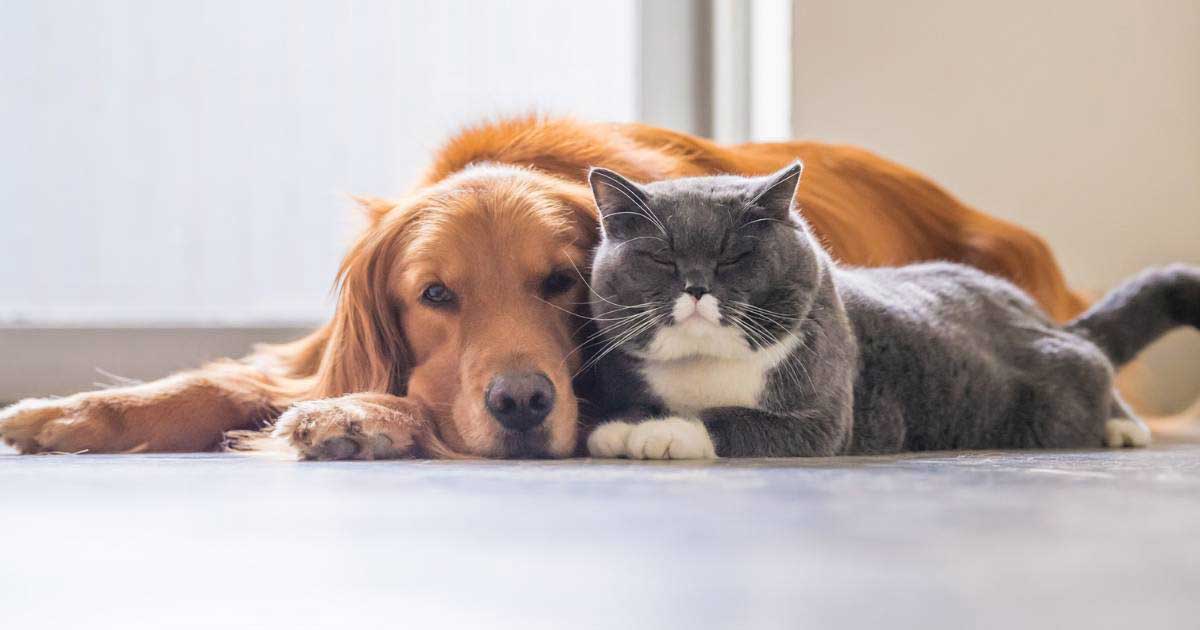The signs often begin subtly. Your cat—once agile, curious, and vocal—now spends more time curled in silence, breathing shallowly, uninterested in food or play. Heart failure in cats rarely announces itself with drama; instead, it creeps in gently, masked behind fatigue and quiet withdrawal. For pet owners, the question looms heavy: Is it time to let go?
Recognizing the end-of-life stages of a beloved cat is never easy. But understanding what heart failure means, and how to navigate this delicate phase with grace, can help you make the most compassionate decision possible.
Understanding Feline Heart Failure
Feline heart failure typically results from a condition called hypertrophic cardiomyopathy (HCM), where the walls of the heart thicken and reduce the heart’s ability to pump blood effectively. Over time, this leads to fluid buildup in the lungs or chest cavity, making it hard for your cat to breathe.
Symptoms may include:
- Labored or open-mouth breathing
- Persistent coughing or wheezing
- Lethargy and weakness
- Loss of appetite
- Cold extremities
- Sudden collapse
These symptoms signal serious decline. By the time they emerge, your cat may be in the late stages of heart disease. And when treatments no longer provide comfort, the focus often shifts to quality of life.
Measuring Quality of Life: The Loving Lens
When considering whether to say goodbye, quality of life becomes your guiding compass. Ask yourself:
- Is my cat in pain?
- Can they breathe comfortably?
- Are they eating or drinking at all?
- Do they still respond to affection?
- Are they experiencing more bad days than good?
Many veterinarians offer a quality-of-life scale or checklist, helping you assess your pet’s daily comfort and wellbeing. When suffering outweighs joy, the humane choice may be letting go.
The Comfort of Familiar Spaces
Choosing pet euthanasia at home offers an opportunity to say goodbye in the environment where your cat feels safest. No cold clinic, no stressful car rides—just a quiet room, their favourite blanket, and the calming presence of people they love.
A licensed veterinarian will come to your home, explain the process with compassion, and ensure your cat passes peacefully. Most pets experience little more than a gentle sedation followed by a painless injection that allows them to drift off.
It’s not just an option of medical necessity—it’s one of emotional dignity.
But What If It’s Not a Cat?
While this article centres around feline heart failure, it’s worth noting that similar palliative care is available for dogs as well. The concept of dog hospice is gaining traction among pet owners who want to prioritise comfort over cure. Hospice care involves managing pain, maintaining hygiene, and supporting emotional health—sometimes over weeks or even months—as the dog nears the end.
This same mindset can be applied to cats, too. It’s not about giving up. It’s about choosing peace over prolonged suffering.
Helping Children Say Goodbye
For families, involving children in the farewell process is both important and healing. Be honest but gentle. Use phrases like, “We’re helping [cat’s name] go to sleep because they are very sick and can’t get better.”
Invite children to express their feelings—through drawings, letters, or simply sitting with the cat in their final moments. Including them in this goodbye teaches empathy and respect for life in its most tender form.
After the Final Goodbye
Grief doesn’t follow a script. Some days will feel raw, others strangely numb. Be kind to yourself as you mourn. You didn’t just lose a pet—you lost a quiet companion, a loyal presence who never judged and always listened.
Consider memorialising your cat in ways that feel meaningful: planting a tree, keeping a paw print, or creating a small photo corner in their honour. And remember, there’s no “right time” to feel okay again.
When the Time Comes, Trust Your Heart
You know your cat better than anyone. You’ve memorised their quirks, their routines, their subtle ways of saying “I’m okay” or “I’m not.” When their heart begins to fail, and treatments offer no comfort, your own heart will guide you.
Letting go doesn’t mean giving up. It means loving enough to stop the suffering. It means choosing dignity over delay.
In the end, love is not just in how long we keep them, but in how gently we help them go.
